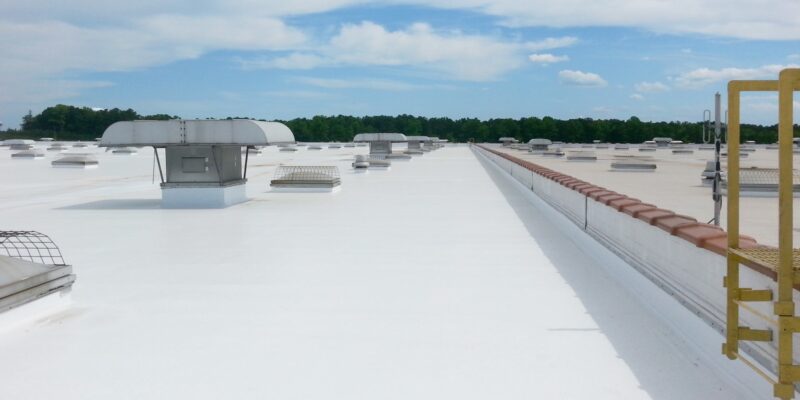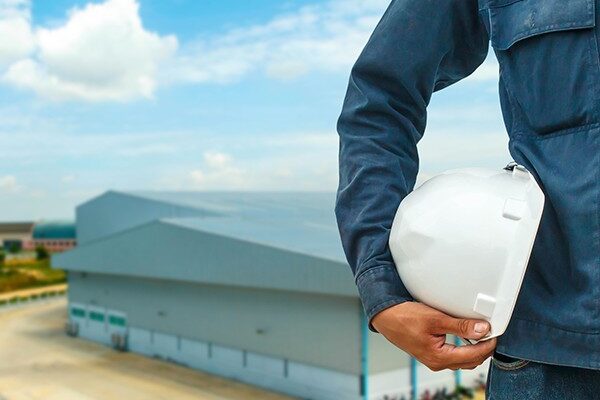Adding new equipment to a roof can be a complex process, and there are several important factors to consider before proceeding. Some of the key factors to keep in mind include:
1. Weight capacity: It’s important to make sure that the roof can support the weight of the new equipment without risking damage or collapse. You should consult with a structural engineer to determine the weight capacity of your roof and whether any modifications need to be made to support the equipment.
2. Building codes and regulations: Building codes and regulations vary by location, and you’ll need to make sure that any new equipment meets local codes and regulations. This may include obtaining permits, adhering to setback requirements, and ensuring that the equipment is installed by licensed professionals.
3. Roof access: You’ll need to consider how the equipment will be installed and serviced, as well as how it will be accessed. This may involve adding walkways or platforms to the roof or ensuring that ladders or other access points are in place.
4. Maintenance and repair: It’s important to consider the ongoing maintenance and repair needs of the equipment, as well as how it will be accessed for these purposes. You may need to plan for regular inspections, cleaning, and repairs and ensure that there is a safe and efficient way to access the equipment.
5. Compatibility with existing equipment and roof system: If you’re adding new equipment to an existing system, it’s important to ensure that the new equipment is compatible with the existing components. This may involve making modifications or upgrades to the existing system to ensure compatibility. New roof flashing needs to be compatible with the existing roof system and installed
by a qualified, approved contractor.
Overall, adding new equipment to a roof requires careful planning and consideration to ensure that the equipment is installed safely and effectively. It’s important to work with experienced professionals who can help you navigate the process and ensure that all necessary factors are taken into account.
Cole Roofing has the competence and capacity to assist with your evaluation.




